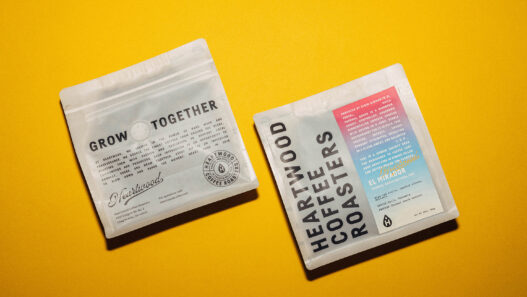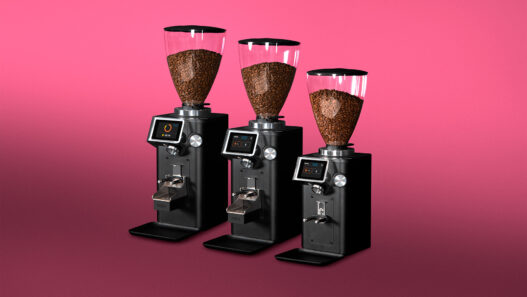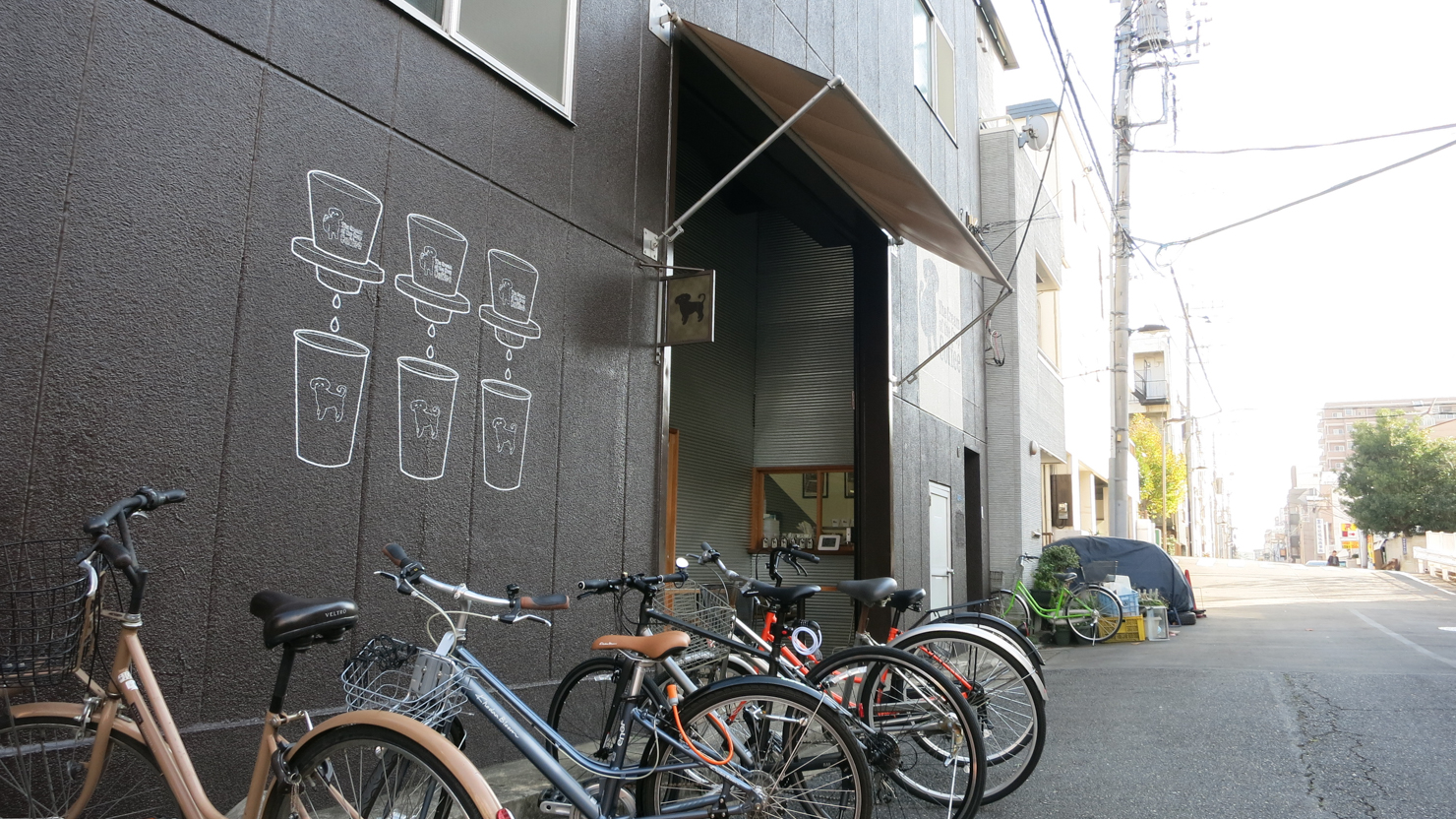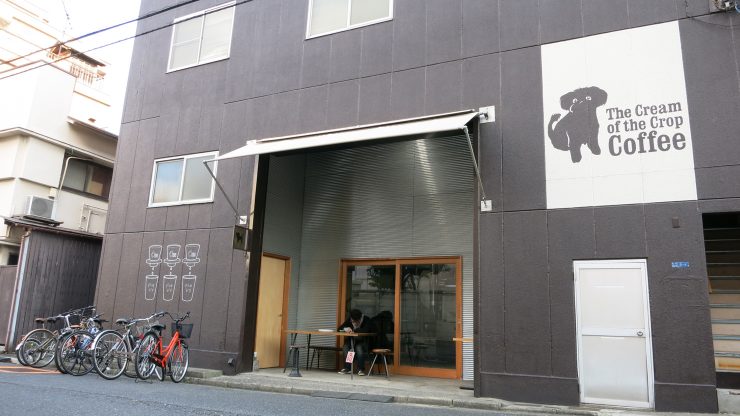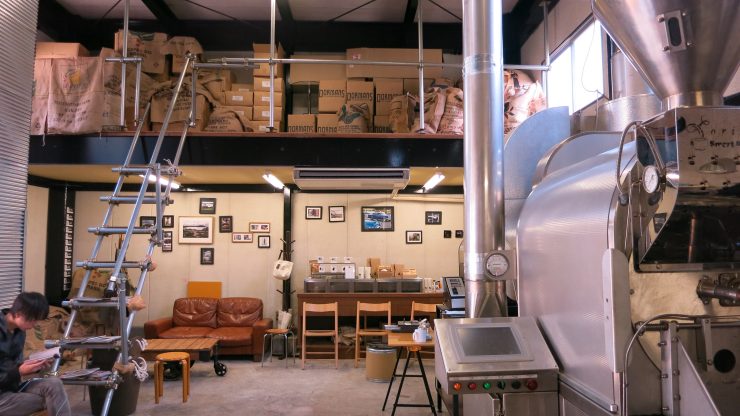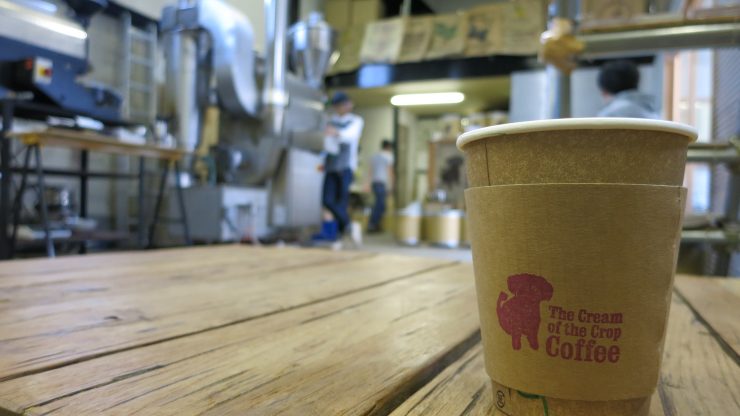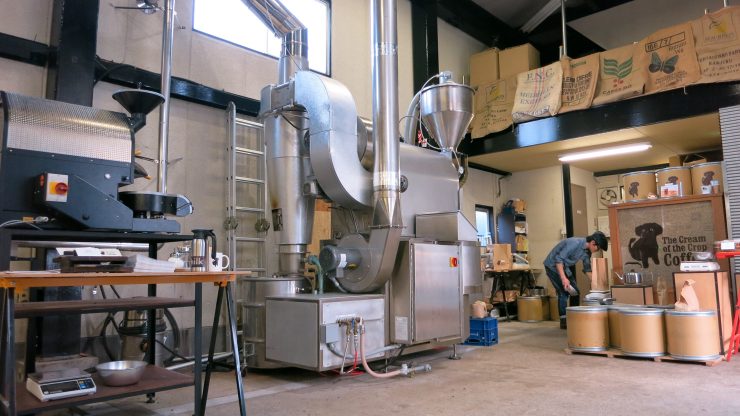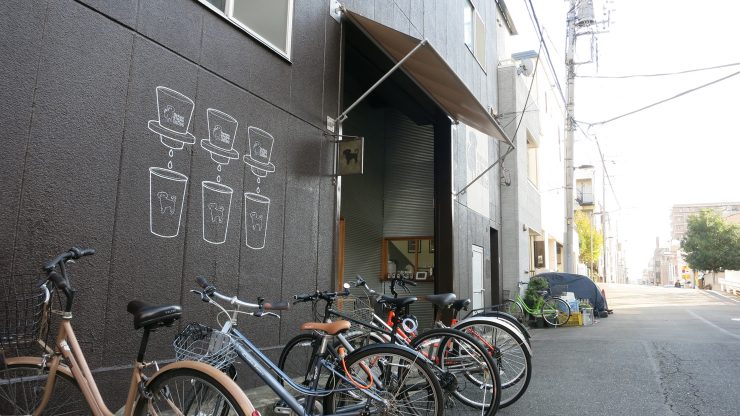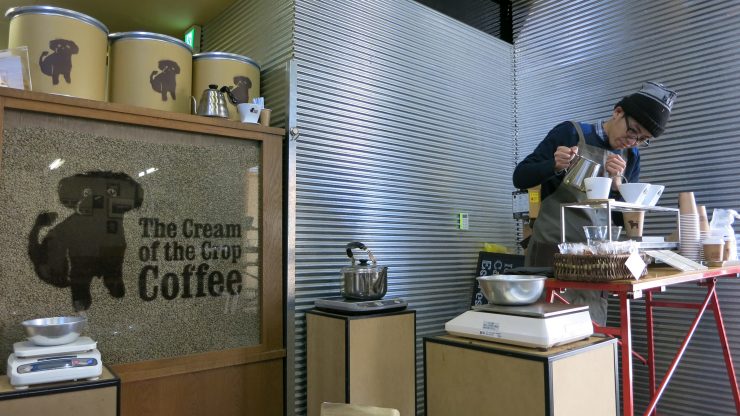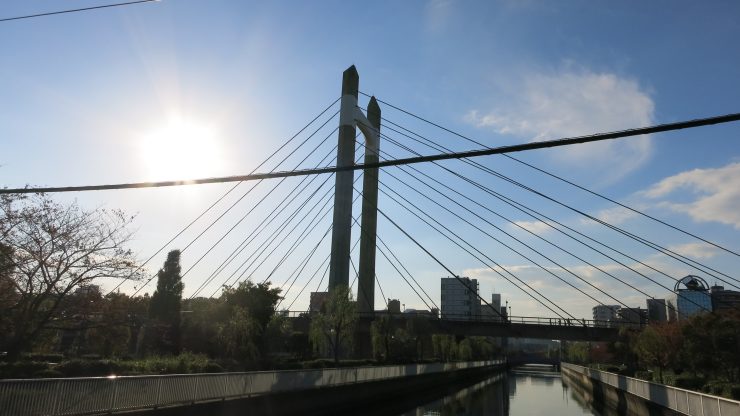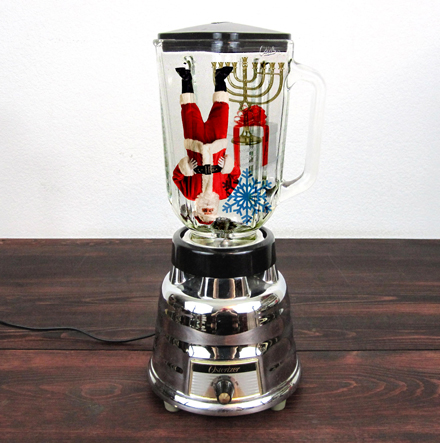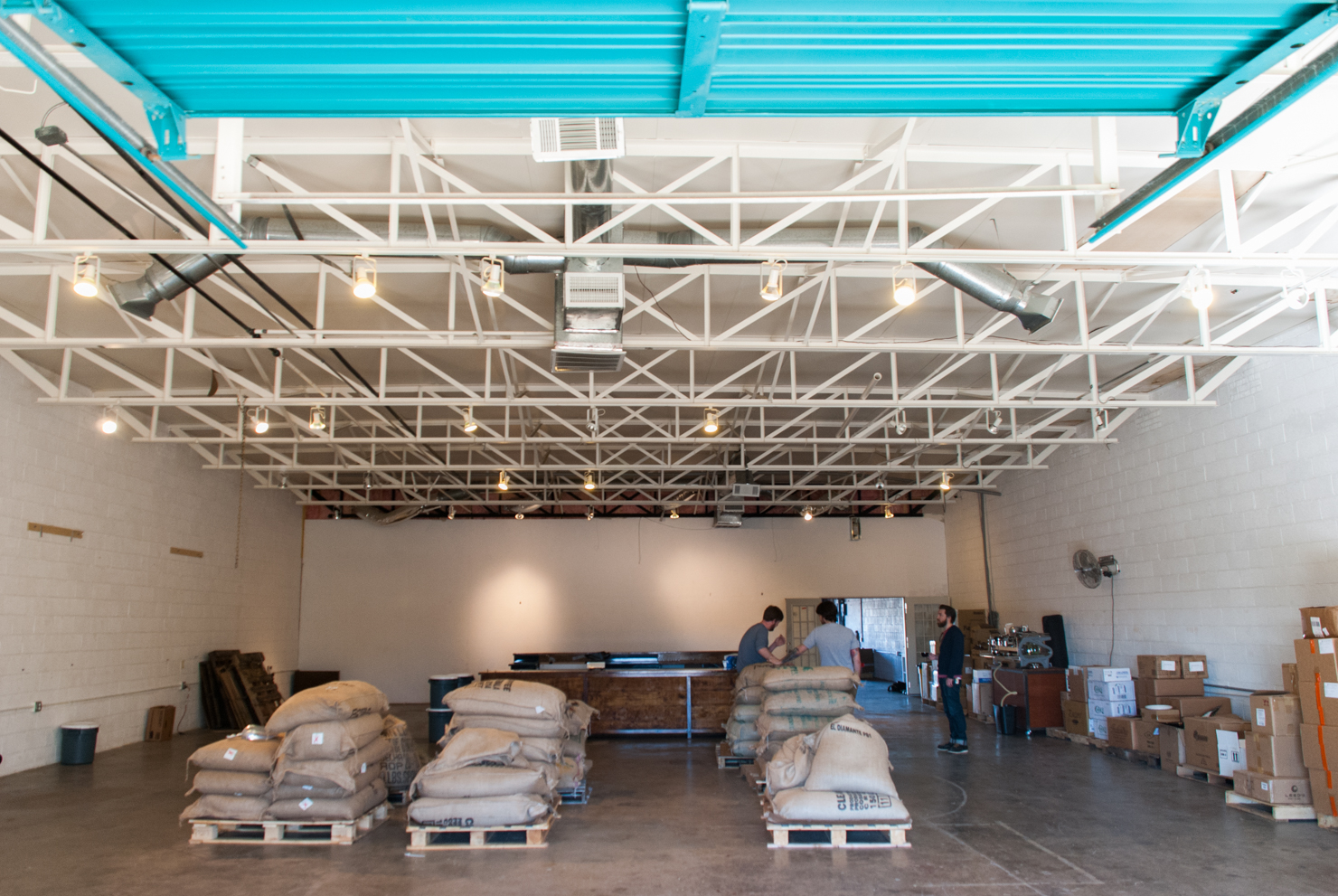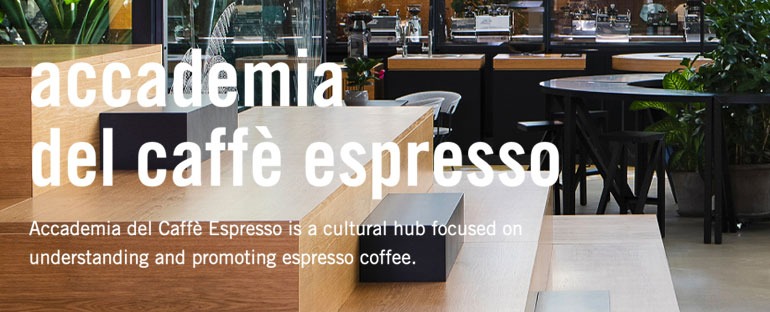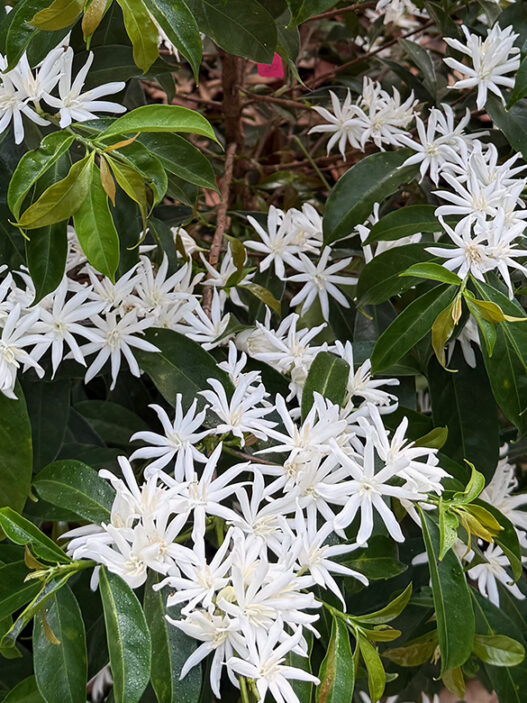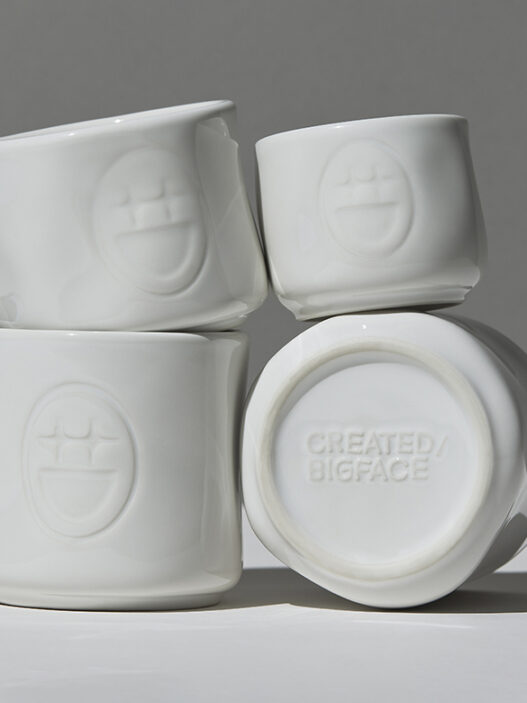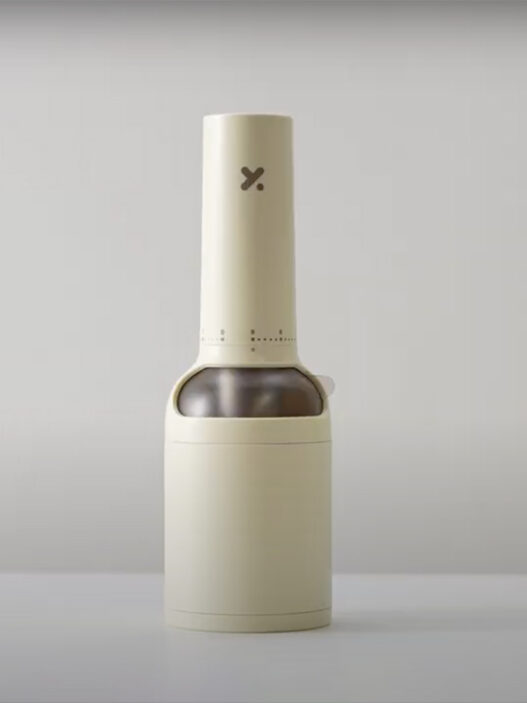On chilly Autumn mornings, Kiba echoes with the quiet rumble of the everyday – children’s voices ring out from kindergartens and schools, businesses lazily prepare for opening, and commuters walk towards buses, trains, and days at work. The Cream of the Crop Roastery over Wednesday mornings is a microcosm of neighborhood life – couples on the way to the Museum of Modern Art, mothers stopping by to chat after dropping kids off, and the occasional suit in need of a morning pick-me up.
It was here that I sat down with Cream of the Crop Coffee and Co.’s Director, Hiroshi Teraoka, to talk about coffee in Japan, and Cream of the Crop.
Of beginnings, names, and pets
Cream of the Crop made their start when Yushi Tajima was inspired by Pierre Marcolini’s careful approach to roasting cacao beans for his chocolate crafting. At first planning to distribute coffee for overseas brands, Mr. Tajima eventually decided to strike out on his own, and after careful research and location scouting, opened Cream of the Crop Coffee in 2012. It’s since become a favorite among local coffee lovers – popular enough that they’ve expanded to a cafe in Shibuya’s swanky Hikarie shopping center.
“The cream of the crop” is a phrase Tajima has long liked, and starting out it was an easy-fit. But when it came time to design take-out coffee cups and logos, it became clear that a lengthy name, however excellent, could also be something of a hindrance – it wasn’t easily recognizable.
In need of something simple and striking, Tajima’s thoughts led him to Barney – a little dog he received from a friend. Long before Tajima started Cream of the Crop, Barney’s original owner was an avid coffee fan. “This guy kept the puppy near all of his coffee tools,” says Teraoka. “So when Mr. Tajima got it, it actually smelled a little of coffee. The smell of coffee always makes him think of Barney.”
And so, a mascot was born.
Of balance
Though third-wave coffee is taking hold in Japan, Teraoka reminds me that Japan has long had an established coffee culture. As well as the old-style kissaten, there have always been hobbyists – retirees with time to kill, micro roasters, and a deep fascination with aged beans and deep, dark roasts.
And the influence of that culture is still prevalent, so balance is an important aspect of the Cream of the Crop approach. “We’re not trying to just corner the third wave customers – that’s not who we are. Of course, we pay full attention to the beans and the roasting, but we don’t necessarily want to become coffee geeks ourselves. We have to have a balance of coffee for our balance of customers.”
And the balance is apparent in the menu – Ethiopia Yirgacheffe and Guatemala El Injerto on the light side, Nicaragua in the middle, and Indonesia on the more traditional, darker side.
“First, we cater to customer preferences,” Teraoka explains, “by engaging our regular customers, they are more likely to try something new.”
Of the future
“We have our cafe in Shibuya, and next year we hope to open another, and more in next to next,” says Teraoka, “but we’re still developing our own style. We want to really utilize our unique position.”
This means making use of a wide and varied network. “We actually have a background in pastry because of our experience with the Pierre Marcolini chocolate business. With this, we can develop pastries and sweets from our roasted coffee beans in a way no-one else can. For example, the coffee soft-serve ice-cream that we serve in Shibuya is made using our Ethiopian beans.” Teraoka claims that while “it may take a little more work, [it] gives our ice-cream an acidity and depth you won’t find elsewhere.”
They also plan to develop coffee-flavored cream puffs and roll-cakes – experimenting with flavors and desserts that they hope will help set them apart from the rest of the coffee crowd.
“Being stylish, being third-wave? That isn’t always too hard. But being unique is very difficult. We want to take advantage of our unique position, to make ourselves different from the others.”
The way of coffee
Japan has a history of making seemingly simple acts into arts in and of themselves – unique traditions that seek out balance, harmony, and perfection. With Japan’s bustling coffee culture, and Hidenori Izaki’s recent WBC win, I ask Teraoka what he thinks of these changes. In response, he brings up the word dou (道), meaning the path, or the way. It’s a suffix given to activities that often require respectful practice, inspired intensity, and a lifetime of dedication. – he brings up the simple examples of flower arrangement (華道 – kadou,) the tea ceremony (茶道 – sadou or chadou,) and calligraphy (書道 – shodou).
Sitting out there with Teraoka in the cold, he laughingly wonders whether Japan might not be taking its first steps toward discovering it’s own kohidou, or way of coffee.
“It wouldn’t surprise me if sooner or later,” he says, “you started seeing more and more Japanese baristas and roasters making waves in the coffee world.”
Hengtee Lim (@Hent03) heads up Sprudge’s Tokyo desk. Read more Hengtee Lim on Sprudge.








